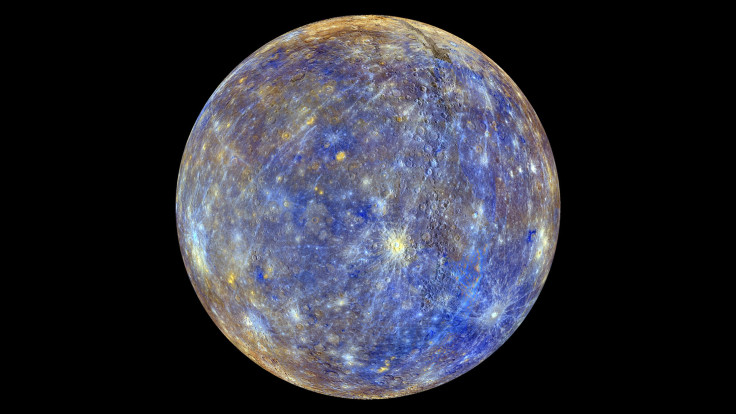Mercury alert: Northerners shouldn’t miss the mysterious Mercury in our skies; Planet crosses Sun on May 9

Northern sky-watchers have an amazing opportunity to catch a glimpse of our solar system’s most elusive planet, Mercury, in the coming two weeks. While the planet will be faintly visible in the northern hemisphere, it will cross the Sun on May 9 and will be seen as a tiny dot on the fiery disc. The last time this incredible incident happened was back in 2006.
This tracing of the planet across the Sun is known as “transit” and in order to view this transit a telescope and a solar filter is necessary. Over the next week, Mercury will climb higher above the western horizon and after mid-April, it will not set until after the end of twilight. On April 18, Mercury will reportedly reach its maximum separation from the Sun, reports Ruidoso News. Opportunities like this do not come often.
As Mercury does not have an atmosphere and only has an exosphere, temperatures in Mercury, can range from 430 degrees Celsius to -162 degrees Celsius. Mercury has an incredible strong magnetic field and an unusually dense liquid core. This was perhaps the result of an impact by a massive object, early in our solar system’s history. Meanwhile, the elusive planet will continue to be elusive in Earth’s skies. Hence, this is an amazing opportunity to catch a glimpse of it.
After analysing extremely long time scales, scientists have found out Mercury’s orbit to be chaotic, so much so, that there is "small chance" the gravitational influences from Jupiter may cause it to crash into Venus in the next 5 billion years. Now that is a great food for thought as the lucky ones wonder where mankind would be in the next 5 billion years.





















